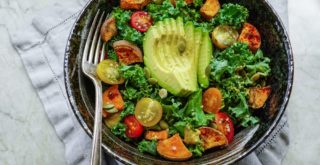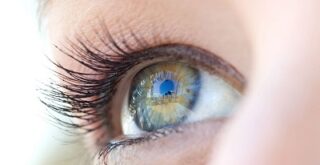What kinds of foods do you find yourself enjoying the most? Crunchy and crispy treats? Soft and gooey baked goods? The textures of the foods that you eat the most could have a considerable impact on your total calorie consumption in a day, according to recent research.
The study in question found that people perceive crunchier foods as having fewer calories, which means that they have a natural inclination to eat more of them, regardless of the number of calories they actually contain, and how nutrient dense they may be. This research is scheduled to appear in the next issue of the Journal of Consumer Research.
It involved five different food texture experiments. One of them involved the participation of people who were required to taste chocolate brownie bites that had a texture that was either hard or soft. From there, they were asked to guess how many calories they felt they had eaten. When it came to both types of treat, the participants overestimated the number of calories that they were eating by consuming the brownies. However, what was interesting was that despite the fact that the soft and the hard brownies had the same number of calories, the participants guessed that the soft brownies had an average of 55 percent more calories than the hard ones.
Another of the five experiments involved counting the number of times the participants chewed the two types of brownies and then asking, once more, how many calories they felt that they had eaten. The more a person chewed, the more calories they felt they were eating. The participants tended to chew more times when they were eating the soft brownies than they did when they were eating the harder treats. Again, both of these foods contained the same number of calories. Thus calorie consumption could be underestimated when choosing crunchier textured foods over soft and chewy foods.
Another experiment in this study involved giving fudge to the participants. The pieces of fudge had either rough edges or smooth ones. After they ate the fudge, the participants were asked to eat either a piece of chocolate cake or a fruit salad. The participants were asked how many calories the fudge contained. Though both types (regardless of edge shape) contained the same number of calories, they felt that the rough edges had more calories than the smooth ones. That said, those that had the smooth fudge had a greater likelihood of choosing the fruit salad than the cake. This means that even after eating the specific texture, their calorie consumption of future foods was affected.



















